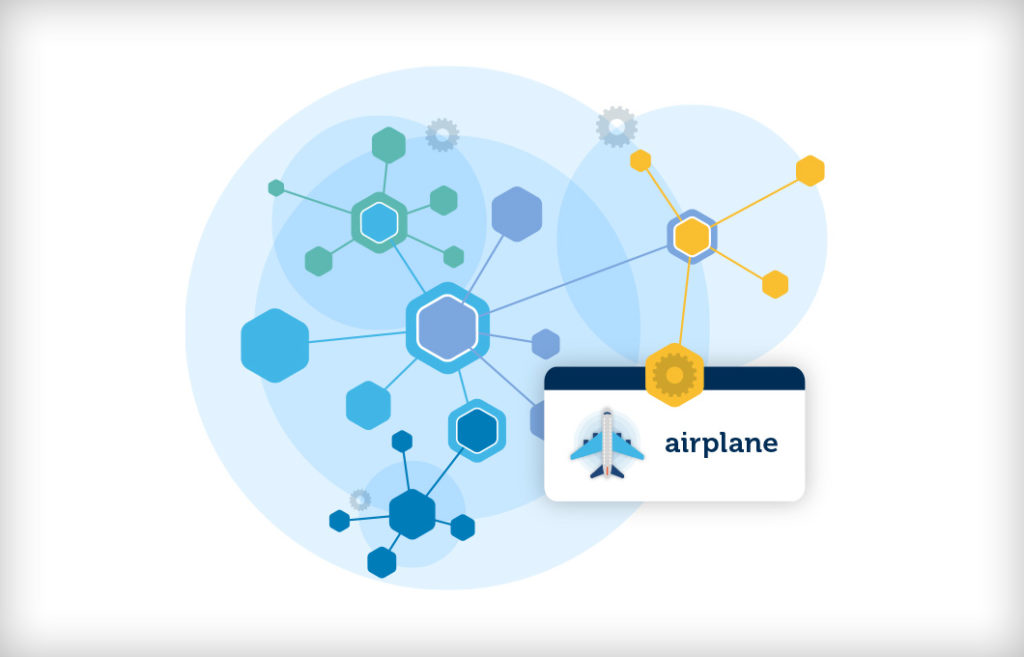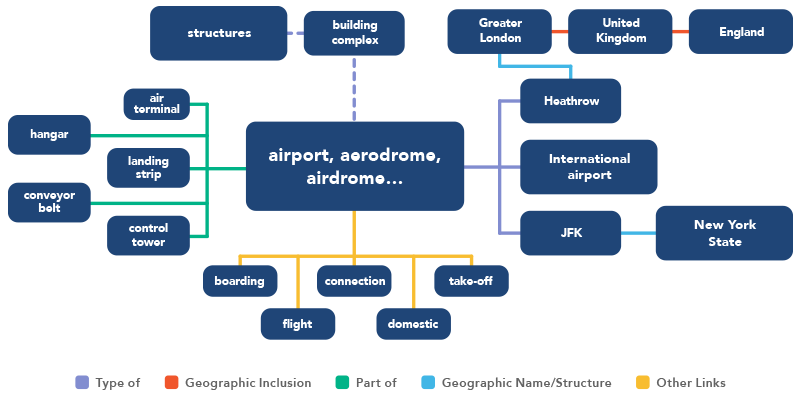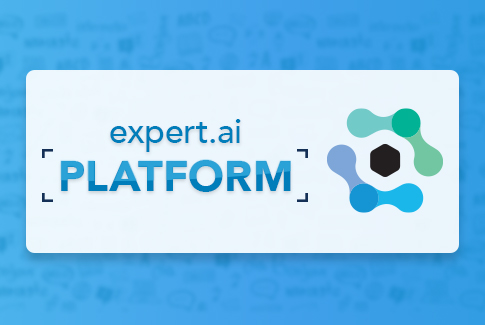
The human brain acquires knowledge by building connections between neurons. The more links it builds, the more knowledge it can gain. This is true for the human mind and for artificial intelligence (AI). For AI to learn and understand, it must make connections between data. That is where knowledge graph technology comes in.
A knowledge graph helps define relationships between data. It can help bridge data silos and build data fabrics to accelerate machine learning (ML) and AI, making them fundamental to digital initiatives and data science.
Gartner says that up to 50% of inquiries on the topic of AI involve discussion about graph technology, and it is easy to understand why. Knowledge graphs provide the fuel AI and ML need to derive insight from data and uncover patterns that reveal untapped opportunities.
Google Assistant, Siri, and Alexa are all driven by knowledge graphs. How else would they know that your query about Apple is related to the company that sells computers and phones rather than a fruit you can eat?
Here’s what you need to know:
Knowledge Graphs Are Relationship Driven
A knowledge graph links data points to show relations and describe a domain. It reveals relationships between entities using nodes, edges, and labels. A node represents an entity (e.g., bird), an edge shows the relationship between entities (e.g., bird to nest), and a label captures the meaning of the relationship (commensalism). Together, they define “bird” and “nest” by showing how they relate to each other.
Along with ontologies and taxonomies, knowledge graphs help machines interpret data more accurately. While ontology and taxonomy supply hierarchical, structural organization, knowledge graphs show correlations that define them further. Consider the word “lavender.” A knowledge graph would show the relationship of lavender to entities such as plant, color, scent and link further to objects like shoes, scented candles, and wildflowers.
Knowledge Graphs Turn Data into Knowledge
A knowledge graph is a database of real-world facts that ML algorithms can use to improve their performance. They can be linked to make connections between entities like “bird feeder,” “birdbath,” “birdcage,” and so on. Because it defines entities and their relationships, reasoning and knowledge can be inferred by machines faster with more accuracy.
A knowledge graph solves the problems of data ambiguity, vagueness, and incompleteness while adding semantic structure to unstructured data. For this reason, they are the heart of many AI systems, such as Siri and Watson. They are also used for natural language processing (NLP) tasks such as question answering, information retrieval and machine translation.

Not All Knowledge Graphs Are the Same
Different types of knowledge graphs are used for different business initiatives. Some are used to automate processes such as governance, compliance or risk management. Others aid decision making by revealing trends and predictions from data. Knowledge graphs can ultimately be used to impact any manual language-intensive process.
Consider the following real-world examples:
- Netflix uses a predictive knowledge graph as a basis for its recommendation engine.
- Google’s knowledge graph provides information about companies, people, places, movies, books, and other entities on request from Google Search or Google Assistant.
- Facebook’s Entities Graph maps users’ social connections and these meaningful data connections to derive insights into preferences so it can deliver targeted content to user news feeds.
Use of Knowledge Graphs is on the Rise
A knowledge graph can function as a base layer for storing facts on which ML processes can be performed. Search engines can use them to understand user queries and return more relevant results. Companies can also use them internally to power applications that respond to employee questions quickly and accurately
There are valuable use cases for knowledge graphs in every industry sector. They can:
- identify financial and banking data patterns that reveal fraud.
- link structured and unstructured sources to break down silos and accelerate drug discovery for pharma organizations.
- derive knowledge from healthcare resources so illness can be detected in patients sooner.
How Do Knowledge Graphs Make AI Smarter?
While ML is critical to the AI space, there are several challenges to overcome. Most notably, data availability. Unless you are Amazon or Google, it is not easy to collect large amounts of data to train ML algorithms. Following data availability is accuracy. Machine-to-machine learning can be plagued with bias if machines misinterpret data.
A knowledge graph provides deep semantic context to data so machines can be trained more accurately. It can produce rich data sets and real-world facts that ML algorithms use to improve performance. They are crucial to systems and services that ML power because they provide human-like understanding of data.
Knowledge Graphs By Expert.ai
It is easy to accelerate your AI initiatives with an accurate, robust knowledge graph at your disposal. We make our knowledge graph easy to access via the expert.ai Platform. Ready to use, straight out of the box, it is rich with domain expertise and is easily customizable to your specific use case.
With this embedded knowledge, you can significantly reduce the time, cost, and labor associated with building your own knowledge graphs. Plus, by leveraging a hybrid approach that combines machine learning and symbolic AI techniques, you can easily build on that knowledge and enhance the language models you build.
Knowledge is power. Turn that knowledge into AI success.


